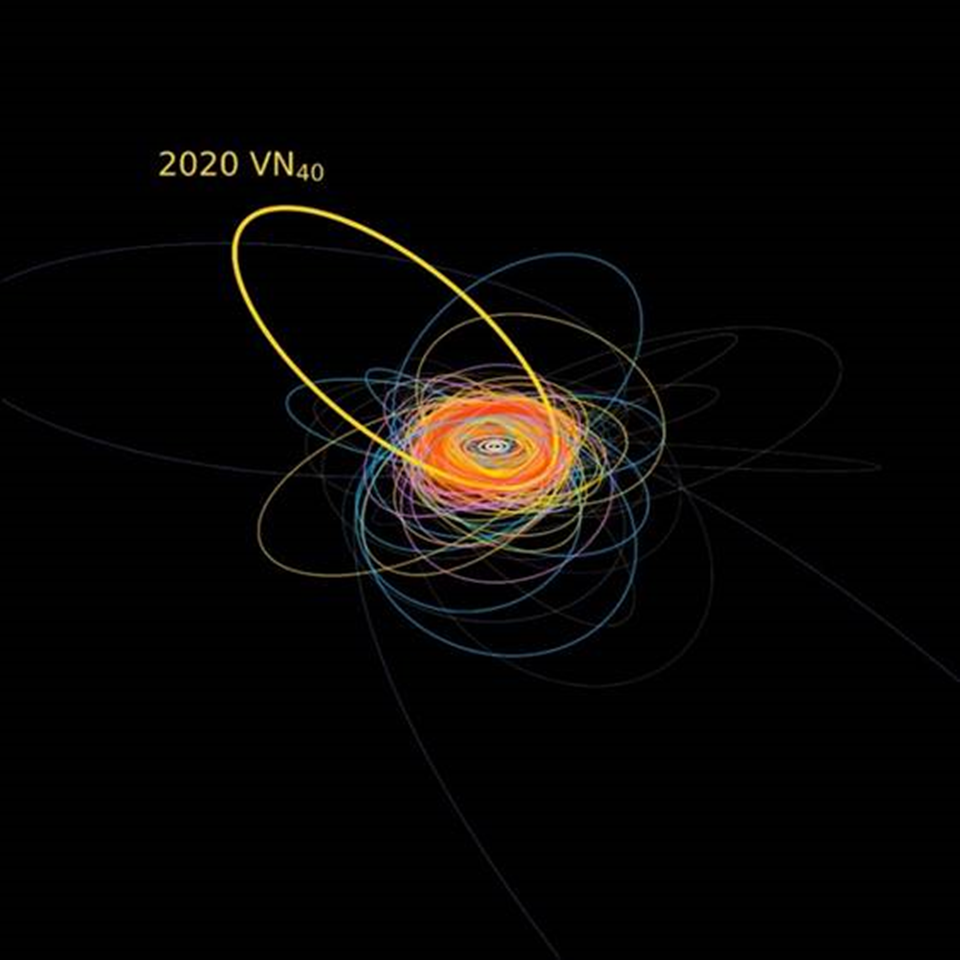REGINA — An international team of astronomers, which includes a University of Regina professor, has discovered a rare, distant object far beyond Neptune.
The object, named 2020 VN40, is moving in rhythm with the giant planet and is part of a group called trans-Neptunian objects (TNOs).
TNOs are minor planets, typically bodies of rock and ice orbiting the sun beyond Neptune.
Astronomers say this object is the first confirmed to complete one full orbit around the sun for every ten orbits Neptune makes.
With this discovery, scientists have new insights regarding how objects in the outer solar system behave and how they got there.
This also supports the theory of Neptune’s gravity temporarily “catching” objects as they pass by.
“This is a big step in understanding the outer solar system,” said Dr. Rosemary Pike, lead researcher from the Center for Astrophysics | Harvard & Smithsonian. “It shows that even very distant regions influenced by Neptune can contain objects, and it gives us new clues about how the solar system evolved.”
The discovery was made by the LiDO (Large Inclination Distant Objects) survey, which searches for unusual objects in the outer solar system.
This survey uses the Canada-France-Hawaii Telescope (CFHT) for the main survey operations. Additional observations are made from the Gemini Observatory and the Magellan Baade Telescope.
LiDO focuses on finding objects in orbits tilted far above or below the plane of Earth’s orbit around the Sun. These areas have been hard to study in the past.
“It has been fascinating to discover how many small bodies in the solar system exist on these very large, very tilted orbits,” said Dr. Samantha Lawler, associate professor of astronomy at the U of R and a core member of the LiDO team.
2020 VN40 orbits the Sun at an average distance of 140 times farther than the Earth. It follows one of the extreme, tilted paths.
Astronomers say 2020 VN40’s path is unique, considering it appears to come close to Neptune when it’s near the sun.
Typically, an object remains farther from Neptune even at its closest approach to the Sun.
However, this particular object stays distant because VN40’s orbit is so steeply tilted that it dips below the plane of the Solar System.
Astronomers noted that no other trans-Neptunian objects (TNOs) exhibit this type of orbital alignment.
In reality, they’re still far apart because VN40’s orbit is tilted so steeply that it passes far below the plane of the Solar System. But even in this “flattened” map-like view, no other known TNOs with similar orbits show this kind of alignment.
“This new motion is like finding a hidden rhythm in a song we thought we knew,” said Dr. Ruth Murray-Clay from the University of California, Santa Cruz and co-author of the study. “It could change how we think about the way distant objects move.”




